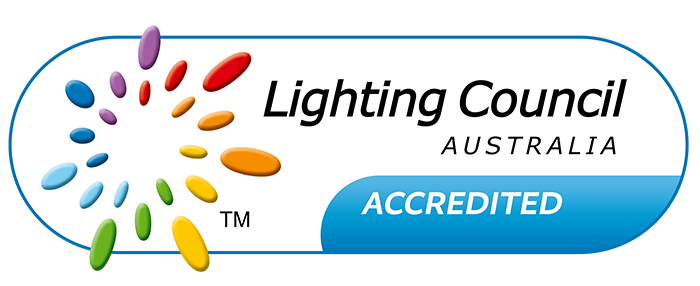ACT Smart Programs
 For business owners operating in the ACT with annual electricity bills of up to $20,000 and / or employing up to 10 full time staff, the ACTSmart Business Energy and Water program will contribute half the cost towards upgrading to more energy or water efficient products - lighting, heating or cooling, refrigeration, toilets or tapware (up to $5,000*).
For business owners operating in the ACT with annual electricity bills of up to $20,000 and / or employing up to 10 full time staff, the ACTSmart Business Energy and Water program will contribute half the cost towards upgrading to more energy or water efficient products - lighting, heating or cooling, refrigeration, toilets or tapware (up to $5,000*).
The ACT Government's ACTSmart also runs programs for households, schools, community groups and businesses.
Learn more
this link will take you to the rebate/grant website
Energy Efficiency Improvement Scheme EEIS
August 27, 2016. Energy efficient commercial lighting upgrades have been added to the list of eligible activities under the EEIS, which requires electricity retailers operating in the ACT to meet energy saving targets.
The EEIS scheme has been operating in the residential sector since January 2013 – with over 60,000 households participating to the end of September 2015. The recent addition of commercial lighting upgrades applies to the following Australian Building Code classes.
| BCA Class | Description |
|---|---|
| 2 | Multi unit dwelling (residential). Note - common areas only |
| 3 | Accommodation - hotel, motel, residential part of a school or detention centre |
| 5 | Commercial office |
| 6 | Retail |
| 7 | a. Car park b. warehouse |
| 8 | Laboratory, assembly |
| 9 | a. Health care building b.assembly c. aged care facility |
Some retailers are offering their business customers FREE lighting upgrades via qualified technicians to carry out activities such as LED lamp replacement of halogen and incandescent lamps.
Emissions Reduction Fund - Commercial & Public Lighting Upgrades
July 9, 2015
The Commonwealth Government has recently released the finalised commercial and public lighting calculation methodology.
The determination provides for crediting emissions reductions from projects that improve the energy performance of lighting systems in commercial and industrial buildings, as well as public areas, such as pedestrian, street, and traffic lighting.
Activities could involve modifying, installing, removing or replacing lighting equipment to improve the lighting system’s energy efficiency.
The methodology was based largely on the New South Wales Energy Savings Scheme (ESS), which has seen many government and private property owners benefit from funding contributions for commercial and public lighting upgrade projects.
The Emissions Reduction Fund (ERF) is the Federal Government’s emissions reduction program through their Direct Action Plan. The ERF involves the government purchasing carbon abatement from a wide range of sources to reduce greenhouse emissions from one of many approved methodologies or “types of projects”.
How large is the ERF?
$660 million of funding was allocated in the first auction, which took place in April 2015. 107 Carbon Abatement Contracts contracts were issued at a volume weighted average price of $13.95 per tonne . The majority of projects were in the sequestration and landfill and waste sectors, with energy efficiency not playing any major role. See ERF project register
In brighter news, there is $1.89 billion remaining in the ERF and there has been progress in the development and confirmation of around a dozen emissions reduction activity calculation methodologies, including Commercial & Public Lighting. A draft was released in April & industry comments and submissions received, prior to the legislation being gazetted in late June. See the full listing of ERF calculation methods.
Can I claim ERF funding in addition to NSW, Victorian or SA state government rebates?
No, there needs to be proof of "additionality" ie that the energy savings have not been funded or transferred into energy savings certificates in other jurisdictions such as the NSW Energy Savings Scheme, the Victorian Energy Saving Incentive scheme or the SA Retailer Energy Efficiency Scheme.
Project hosts will need to assess the relative merits of participation in the state based schemes or the ERF. For QLD, WA, NT and Tasmanian project hosts, the ERF represents a more compelling opportunity.
Project aggregation opportunities
To date, the minimum project bid size of 2000 tonnes pa of CO2 abatement has been an impediment for many businesses to participate in the ERF auctions. Other barriers to participation include high administration and transaction costs - measurement & verification of savings (M&V), legal costs and high risk perceptions given that penalties are payable for under-delivery of abatement across lengthy contract periods of up to 10 years .
However, there is an emerging solution offered by third party agents who would bundle or aggregate projects from multiple clients and manage the reporting, financial and delivery risks. Typically these agents would have experience in the State Government energy efficiency trading schemes (ESC, VEET, REES) and would pay project hosts an upfront payment of 7 years of ACCU certificates, less their admin fees and risk premiums.
For further information view Outperfomers Aggregrated ERF Facility
Return of the Multi-Mode lighting calculation for ERF projects
In a win for enLighten's Chamaeleon customers, the calculation factors for the energy consumption (lamp circuit power) for "multi mode" lights, ie lights that operate on more than one "mode" ie standby or full light output, have been re-established according to area of use. The Chamaeleon light is included under the multi mode ruling, which requires that the light output of the 2nd mode is greater than "0"
In effect, this means that the full energy saving potential of the Chamaeleon light range can be more accurately translated in kwH of energy savings & ultimately Tonnes of C02 emissions reductions. Eg for an emergency model in a commercial office fire stair, 98% operation in standby (8w) mode & 2% operation at full light (32W) can reduce the average LCP to 8.5W.
For further information on available project rebates/funding or ERF eligibility please CONTACT US.
Commercial Building Energy Efficiency Disclosure Scheme
 The Commercial Building Disclosure (CBD) scheme is a COAG commitment under the National Strategy on Energy Efficiency. It is being managed by the Australian Government Department of Climate Change and Energy Efficiency.
The Commercial Building Disclosure (CBD) scheme is a COAG commitment under the National Strategy on Energy Efficiency. It is being managed by the Australian Government Department of Climate Change and Energy Efficiency.
Changes to the scheme were announced in June 2016 - See more on June 2016 program changes
The scheme requires owners and lessors of commercial office space with a net lettable area of 2,000 m² (which will reduce to 1,000m² from 1 June 2017) or more to disclose a valid Building Energy Efficiency Certificate to prospective purchasers and tenants when the space is to be sold, leased or subleased.
The Building Energy Efficiency Certificate will include three components:
- a National Australian Built Environment Rating System (NABERS) Energy base building rating;
- a tenancy lighting assessment; and
- energy efficiency guidance.
The Building Energy Efficiency Certificate will be valid for up to 12 months. The certificate will need to be valid, current and registered on the scheme’s online central registry. The NABERS Energy star rating will need to be disclosed in any advertisement about the sale, lease or sublease of the office.
enLighten and the CBD scheme
Energy savings gained from enLighten’s LED lighting retrofits will contribute to an improvement in the base building’s NABERs star rating. To date, the majority of the Chamaeleon installations have been in low occupancy spaces such as car parks, fire stairs and service corridors.
For tenanted areas, enLighten's new Earth Series of commercial downlights and LED troffers offer building owners an opportunity to upgrade at the point of tenancy changeover. See related article -News and Innovation/LED troffer meets tenant's light requirements where fluoros failed
Tenancy lighting assessment and energy efficiency guidance
The tenancy lighting assessment (TLA) will benchmark the existing tenancy lighting (that will be passed on to the incoming tenant or building owner) against best practice. Accredited assessors will complete a survey of the lighting and enter data into a calculator. The survey will be undertaken with the NABERS Energy assessment and will produce a CBD Lighting Assessment form. The validity of the TLA will be extended from 1 to 5 years in a rule change. See more on June 2016 program changes
The energy efficiency guidance will provide general advice to building owners and tenants on common energy efficiency opportunities in commercial office buildings. The material will not be tailored to the individual building and will not be an energy audit.The scheme will not require building owners to undertake a comprehensive energy audit.
For more information visit the the official Commercial Building Disclosure program website.


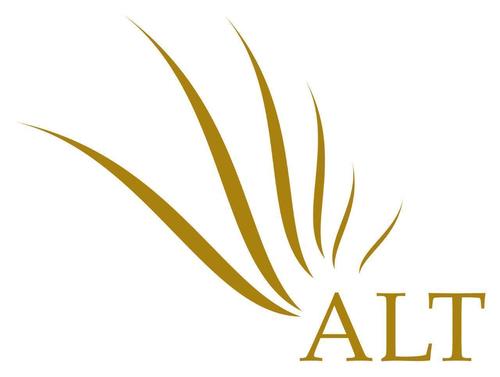
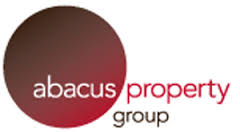

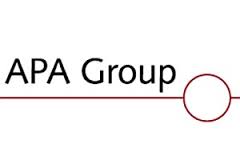


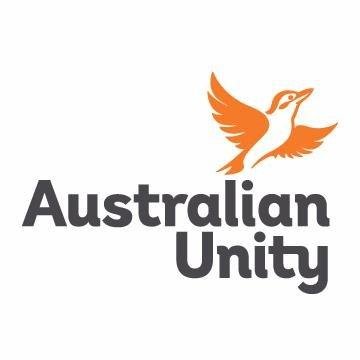






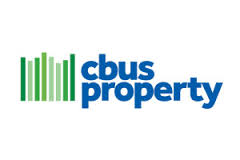



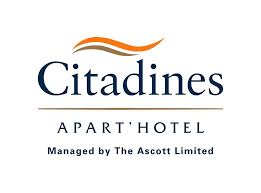






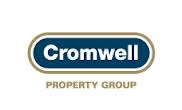
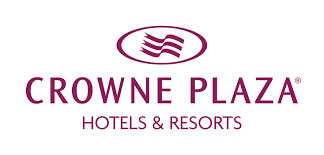
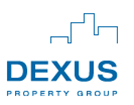


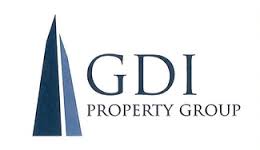






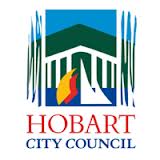

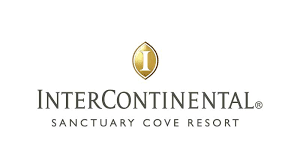











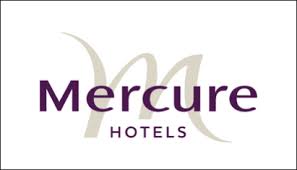

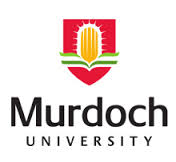



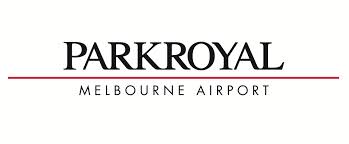


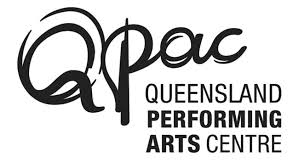




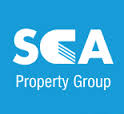






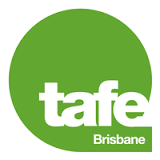
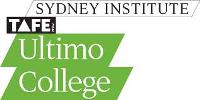
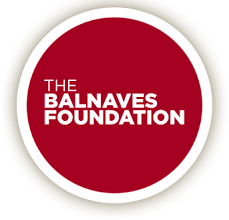
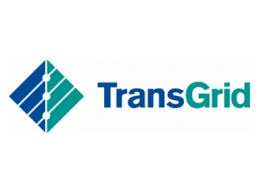






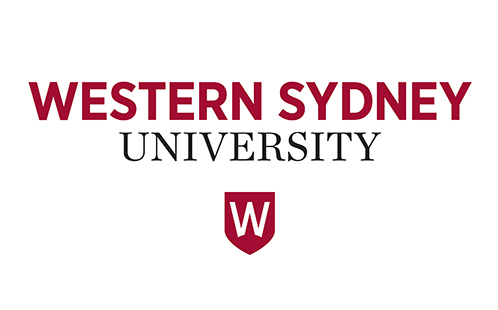
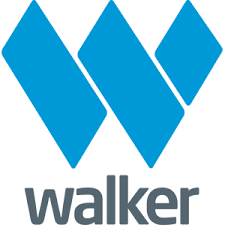



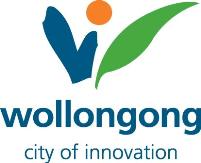
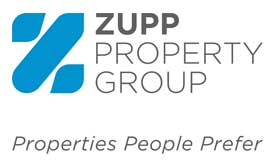
Help us tailor your experience
We’d love to better understand who’s visiting. This isn’t data collection, just a quick way to help us design a better site for you.





